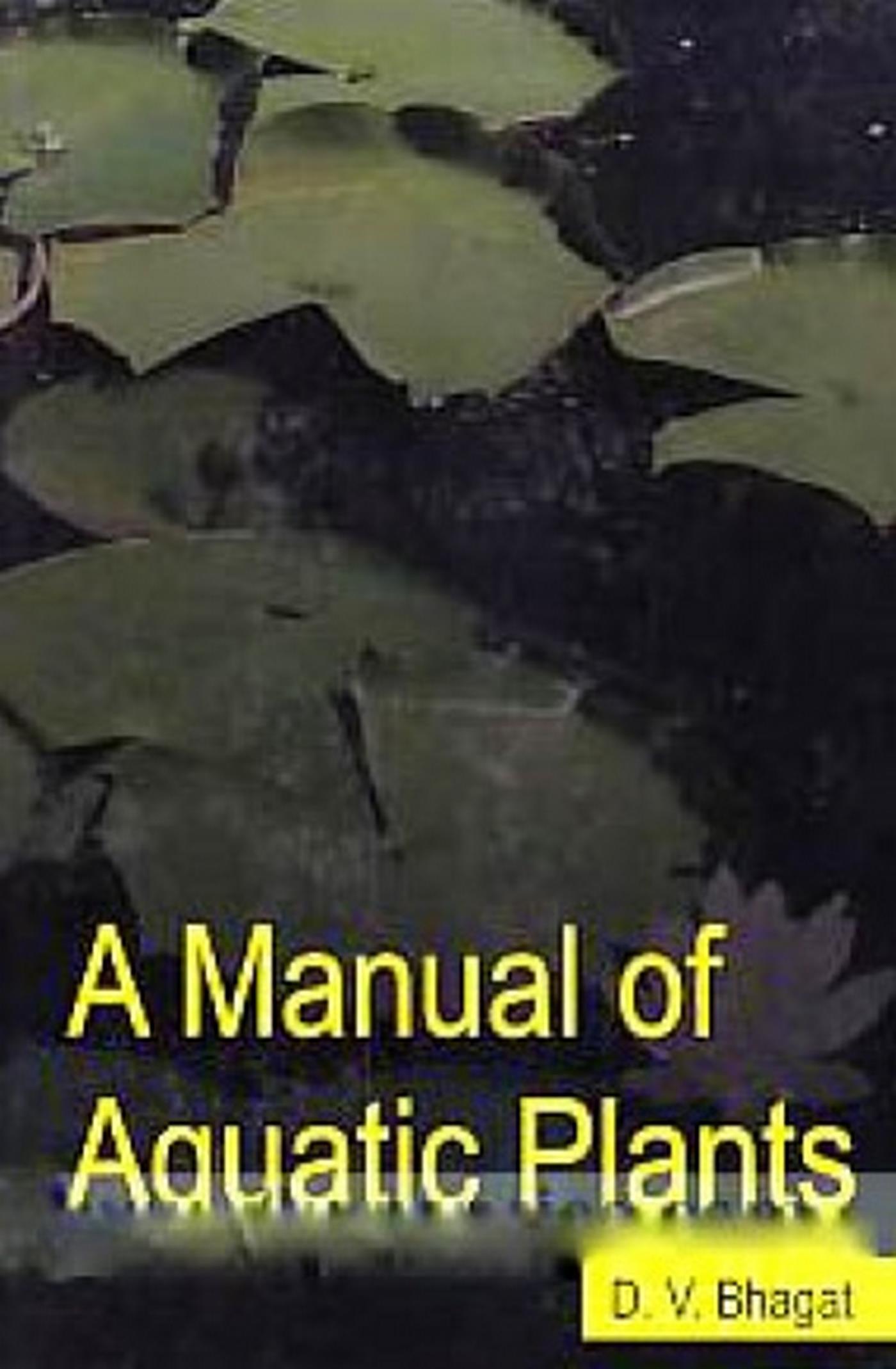A Manual of Aquatic Plants
by Norman C. Fassett
2020-07-22 12:05:20
A Manual of Aquatic Plants
by Norman C. Fassett
2020-07-22 12:05:20
Many species of aquatic plants are essentially cosmopolitan, meaning that they are widely distributed around the world. Some of the widest distributions are attributable to human activities. Humans have accidentally transported seeds, fruits, or vege...
Read more
Many species of aquatic plants are essentially cosmopolitan, meaning that they are widely distributed around the world. Some of the widest distributions are attributable to human activities. Humans have accidentally transported seeds, fruits, or vegetative clones from one pond or watershed to another, but many of the cosmopolitan distributions are attributable instead to birds, particularly waterfowl, which inadvertently transport the plant propagules when lodged in their features or trapped in mud on the feet. Many of the designs exhibited by plants living in water were obvious to early botanists. For example, Agnus Arber published a book in 1920 on aquatic plants, documenting many of the strategies that we still talk about today. Submersed leaves receive low levels of sunlight (PFD) because light energy diminishes rapidly while passing through a water column. Light penetration is especially poor in turbid water with dense surface populations of algae. Such underwater leaves are often so highly dissected that the segments may appear superficially to be macroscopic green algae. It is the aim of this little book to convey, by means of description and illustrations, a knowledge of the more common aquatic plants that are found both in and by the water.
Less































